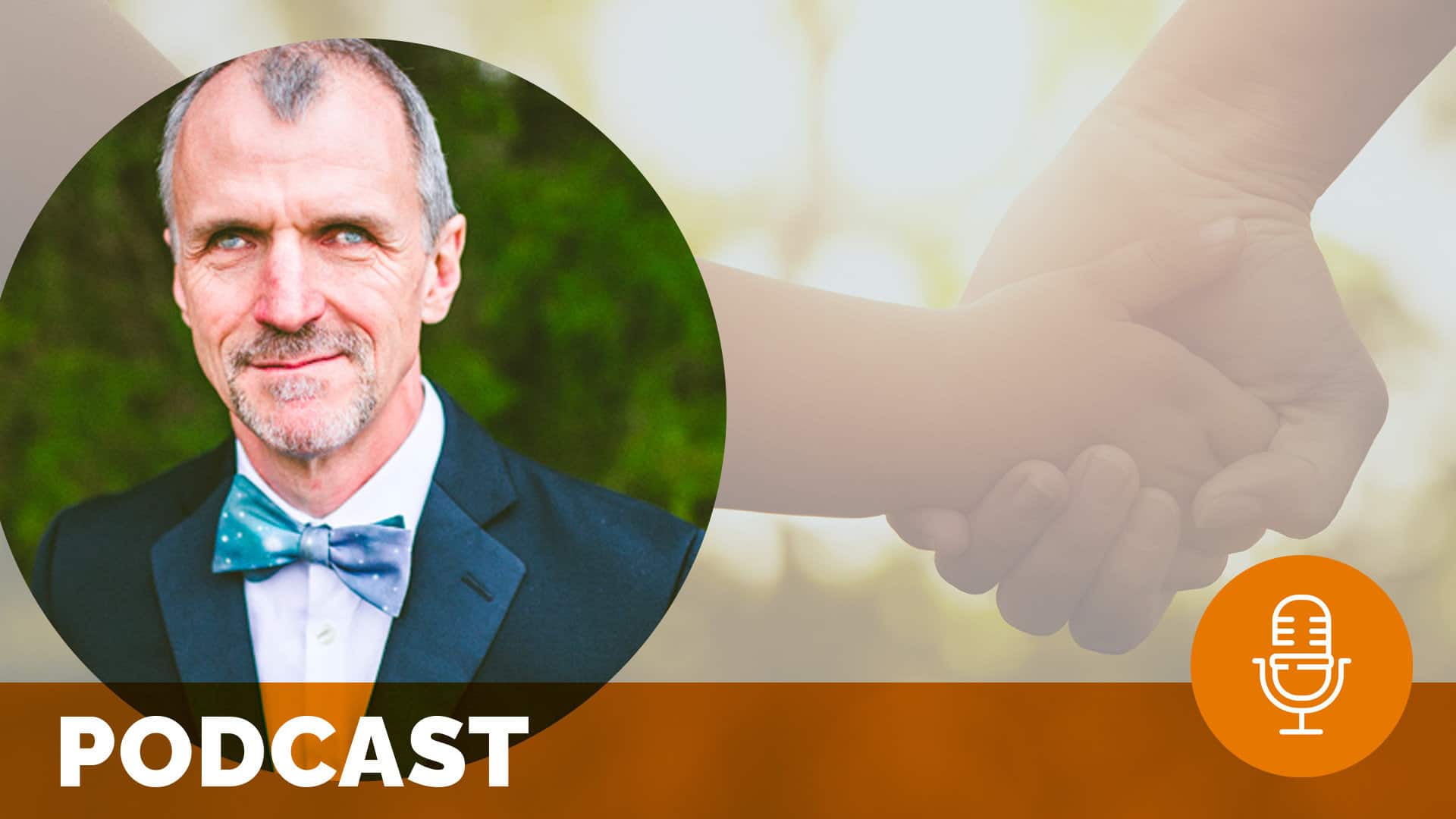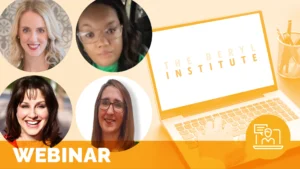“I don’t want to touch peoples’ faces” (and other myths about people without sight)

Professor Curt Taylor is a highly successful Game Theorist and athlete who also happens to navigate the world without sight.
Curt shares candid thoughts on some “do’s” and “don’ts” for engaging with people without sight. Some of it may surprise you, some of it might make you cringe and all of it will inspire you.
Related content
-
 Patient Family & Community Engagement
Patient Family & Community EngagementAdolescents with Cystic Fibrosis Expressing their Possible Selves through Photovoice: a Longitudinal Interpretative Phenomenological Analysis to Prepare a Peer Support Intervention for Healthcare Transitions
While the transition from pediatric to adult care has become a field of study and practice focused on preparing the adolescent to “become an adult with a chronic condition”, we are conducting participatory research to develop, implement, and evaluate a peer-support intervention aimed at supporting transition from pediatric to adult care for adolescents living with
Learn more -
 Infrastructure & Governance | Patient Family & Community Engagement
Infrastructure & Governance | Patient Family & Community EngagementStarting a Pediatric Parent Advisory Council: Overcoming Adversity
Creating a Pediatric Parent Advisory Council (PPAC) can be a transformative way to enhance family-centered care. Join us as we share our journey from the early stages of conceptualizing a PPAC, through navigating the challenges of the COVID-19 pandemic, to launching a council that has grown and thrived since August 2021. With 16 active parents
Learn more -
 Patient Family & Community Engagement
Patient Family & Community EngagementDriving Healthy Behaviors through Social Support: The Role of Co-Responsibility in Weight Loss and Maintenance
The effectiveness of out of hospital lifestyle interventions in healthcare is likely co-dependent on social support from involved one’s. We sought to investigate the interrelationships between patient-partner Co-responsibility, Spousal Support, and Self-efficacy and the mechanisms through which they contribute to health behaviors and outcomes relevant to weight loss and maintenance.
Learn more
